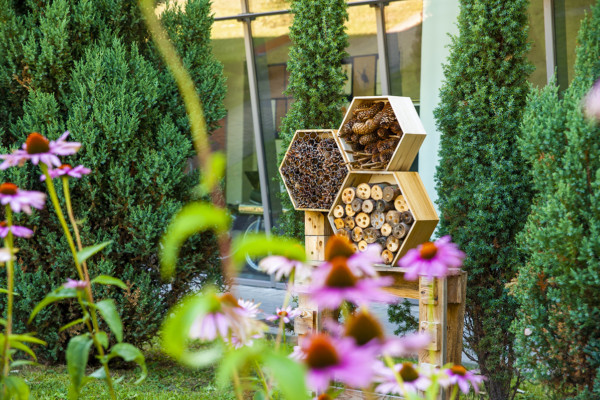
About Scitech
Scitech is a not-for-profit organisation proudly supported by the Western Australian Government through the Department of Energy and Economic Diversification
Plastic is everywhere in our lives – but do you know exactly how much stuff in your home is made of plastic? Let's investigate!
Plastic can be really useful. It can be easily moulded or shaped, but there’s a lot more to modern plastics than just that. Plastic is everywhere in our lives. Sometimes it is in something we use over and over for years: in the car, the fridge, a bicycle helmet. Sometimes we use it only once, like a nappy, a bin liner, or food packaging.
Different plastics can have many different physical properties. They can be hard, soft, coloured, see-through, microwavable, waterproof, absorbent or flexible. Yet, all plastics have a few common properties. Plastics are all light, durable, and cheap to produce – often as a by-product from fossil fuels.
You’ve probably noticed a number inside a triangle on many plastic products – this is the plastic identification code (PIC). This tell you what type of plastic it is and the way it is recycled.
It can be harder to recycle items that have a mix of different materials – like a disposable coffee cup, which has a thin layer of plastic that stops coffee soaking the cardboard. You may not be able to put these things in a regular recycling bin, but there are many different recycling initiatives happening around the country. Can you research what’s happening near you to keep plastic out of landfill?
In this activity, learn more about the plastic in our lives.
Step 1
Pick a room in your house to explore and identify all the ways plastic is used in the space. Look around and ask:
Record your observations in a table.
Step 2
Once the table is filled out, tally the results. How many types of plastic did you find? How many single-use plastics?
Does anything surprise you?
Step 3
You can choose any of the following activities to explore more about plastics!
Share your project with friends or family – you could show them your work, read them your story or play your song. Maybe you could even make a video for them to watch.
And we’d love to see what you create! Share your project by tagging @ScitechWA on social media.
Upon clicking the "Book Now" or "Buy Gift Card" buttons a new window will open prompting contact information and payment details.